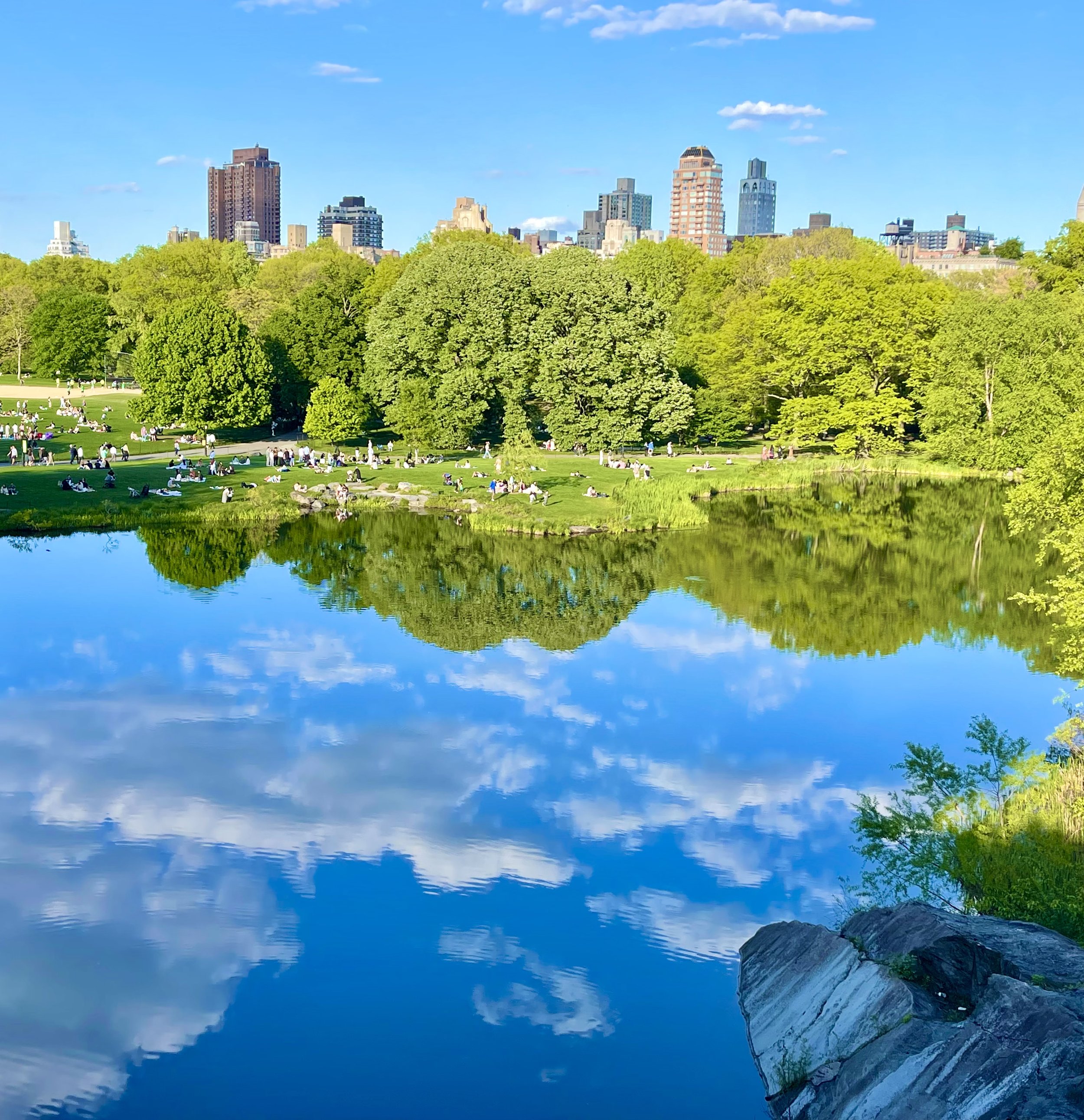NYC Site Teaser
You might see these sites on an amazing NYC walking tour or experience. Can you answer these questions about them? Check your responses below.
Is this skyscraper finished and why does it have holes in it?
They’re like no other escalators in the world. Where are they?
Much smaller than it was in the 1900s, New York’s Fashion District is mostly in what neighborhood?
New York City hosts a lot of cool clocks—where’s this one?
What is the real name of this Tribeca subway station?
In 1609, who sailed up this river?
If this building were a painting, what famous NYC painter would have painted it?
Jordan’s talking about this site which was never: a market, a church, a fire lookout, a courthouse, a library, or a prison?
The painted ceiling of Grand Central Terminal was restored during the 1990s because it had turned mostly black. What caused this damage?
In addition to cloud reflections, what else is abundant in this Central Park pond?
Which Christopher is this street named for: Columbus, Robin, Warren, Reeve, or none of the above?
In 1916, a law was passed requiring buildings like the Empire State to ‘step back’ as they reached certain heights. Why?
Answers (by row—photos are arranged differently on mobile devices):
Yes, this very tall building on Billionaires Row is finished and the ‘holes’ in it are wind/air pass-throughs that help keep it standing.
The clock hangs in the new Moynahan Train Hall (Penn Station).
If this photo were a painting, it would have been painted by Edward Hopper.
This Central Park pond is called Turtle Pond because it’s full of turtles.
These record-breaking wooden escalators still operate in Macy’s flagship department store on 34th Street.
The official name of the subway station with the ‘Respect’ sign is Franklin Street.
The church-like building that Jordan is talking about was never a church.
Christopher Street was named after the farmer whose land it once bordered, not any of the other Christophers listed.
New York’s Fashion District is mostly in Chelsea.
Henry Hudson sailed up this river in 1609.
Vehicle exhaust and industrial pollution were the major causes of the blackening of the celestial ceiling painting in Grand Central Terminal.
As of 1916, tall buildings in New York were require to step back’ to allow more light onto streets and other buildings.











